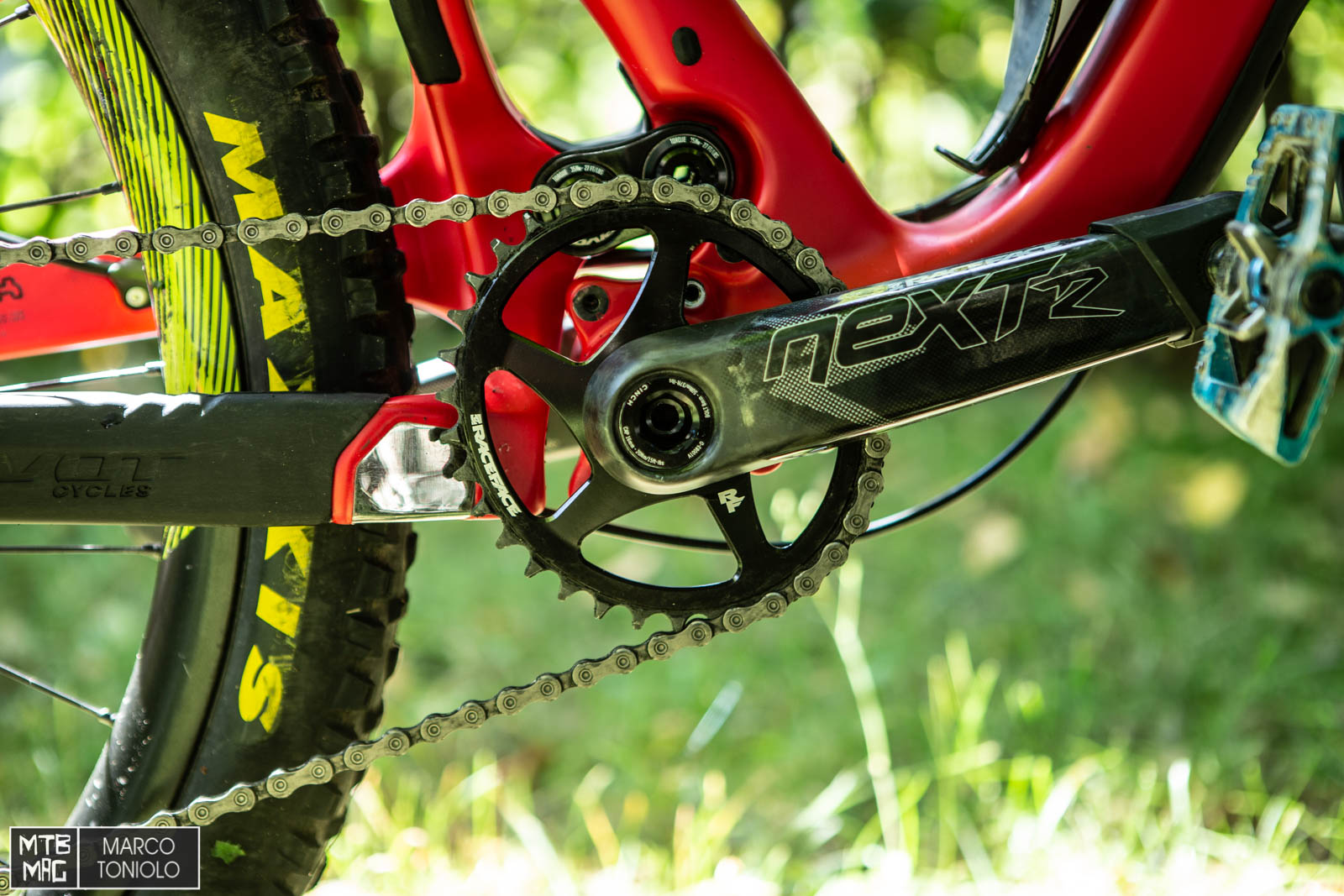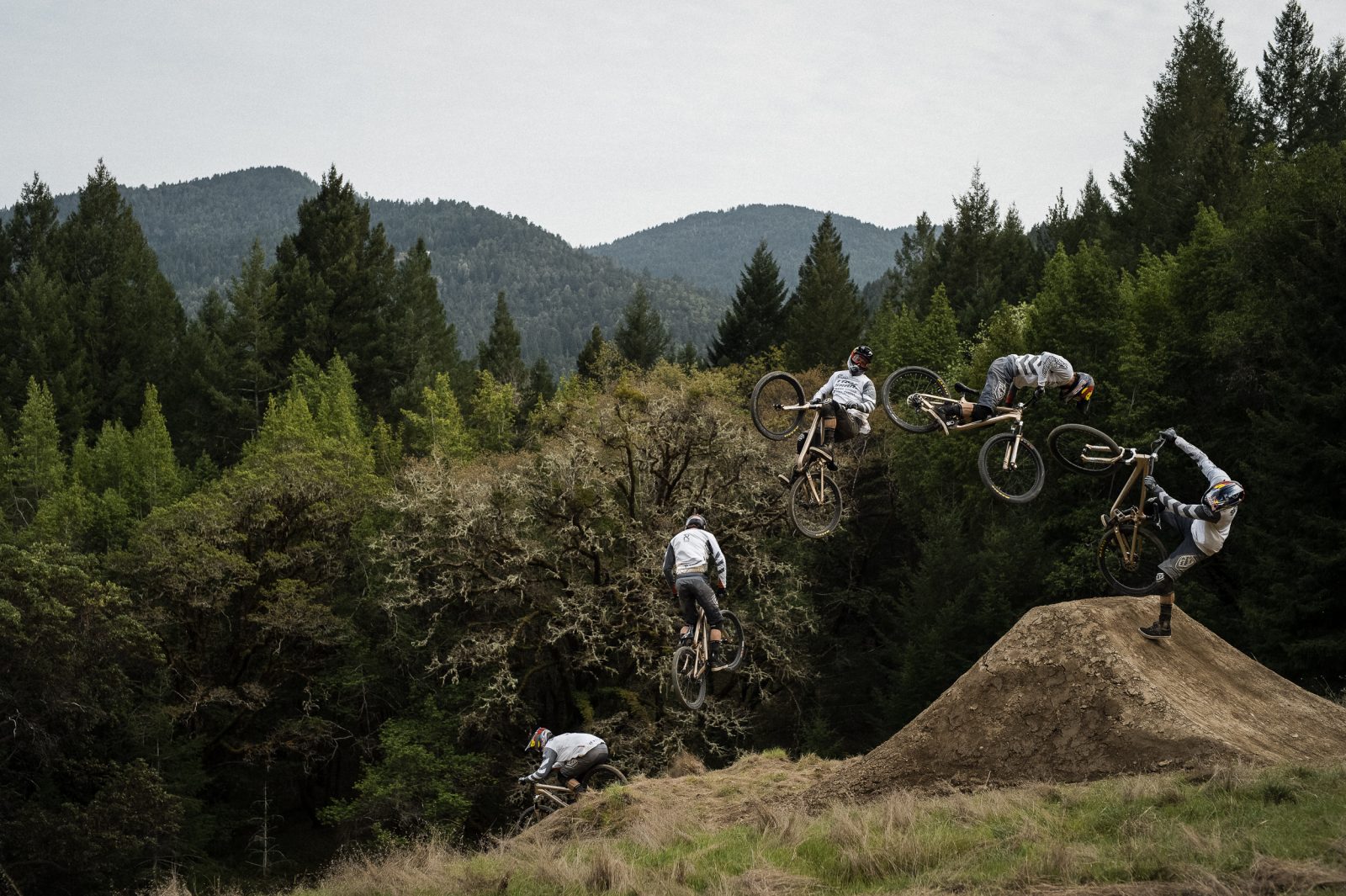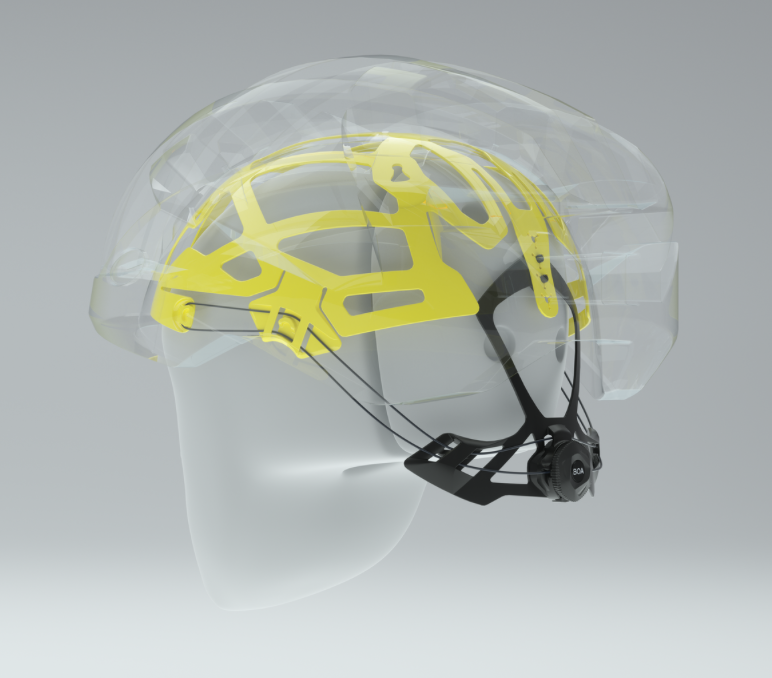Today Race Face presents their new oval chainrings which we’ve been riding over the last few weeks. In addition to the basic details on the new products, we are able to glean some insight into how they ride as well…
Features
- 1x Drivetrain Variable Width Tooth Profile Stops Dropped Chains
- Super Boost Compatible by flipping the chainring
- 10/11/12 Speed Compatible
- Wear resistant 7075 Aluminium
- Compatible with all Race Face Cinch Cranks
- 28t, 30t, 32t, 34t (tested)
- Weight: 72 grams
- Price: 64.90 Euro, $81.99 CAD MSRP, $64.99 USD MSRP
On the trail
I mounted the Race Face oval ring on a Pivot Mach 5.5. The drivetrain is a Shimano XT 1 × 11 with sprocket 11-46, the number of teeth on this ring is 34. What immediately jumps out is the fact that it is not extreme – it does not require a long period of adaptation before getting used to it. We could discuss for hours on the effectiveness during the pedaling phase of a ride. Personally I find that they help me to give that pedal stroke that allows me to overcome the steep bits, especially when the cadence is low and I’m pushing the pedals as much as I can. The RF Cinch is no exception, also because, with the rather hard 34 × 46, when I’m on the steeps, I often have a low cadence and every bit of help is welcome to overcome any tough obstacles.
In the constant and flowy climbs the influence of the oval Race Face chainring is negligible, in the sense that I have not noticed either positive or negative effects. Downhill chain retention is excellent: it has never fallen, even though I don’t use a chain guide. This is mainly due to the narrow/wide tooth pattern
The assembly is very simple, being a direct mount: just unscrew the ring that secures it to the crankset, change the ring, re-tighten, and you’re done. I can not tell you much about its durability, because a couple of weeks are not enough to judge thoroughly, but since it is aluminum (and a single ring), I do not think it will last forever.
I would recommend it to those who want to try to stay in the saddle as much as possible even on technical, difficult uphills. In many cases it can make the difference between getting off and pushing, vs. overcoming obstacles and continuing to grind along.











